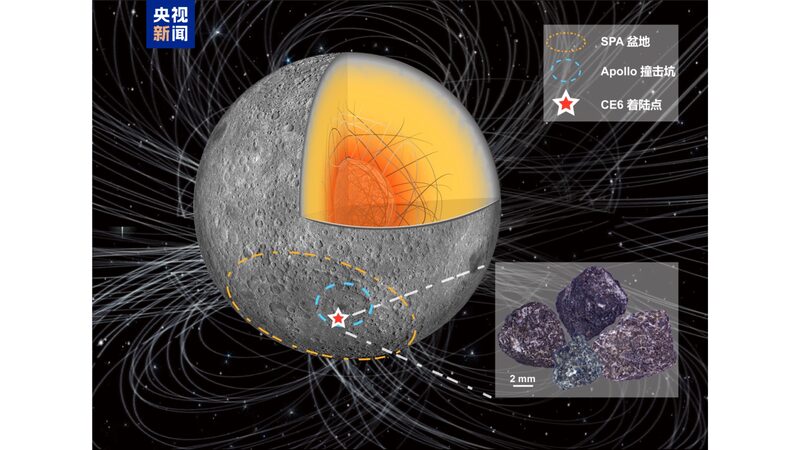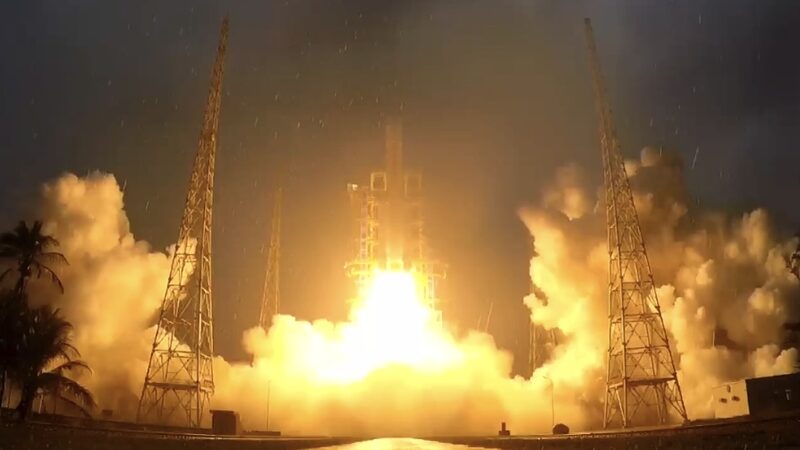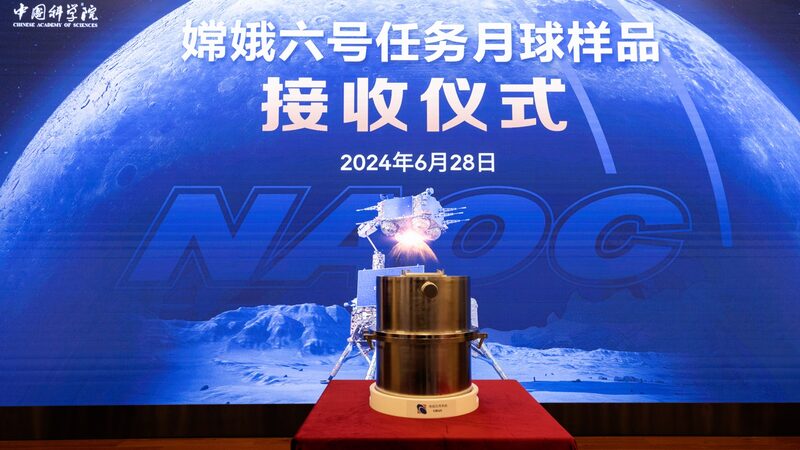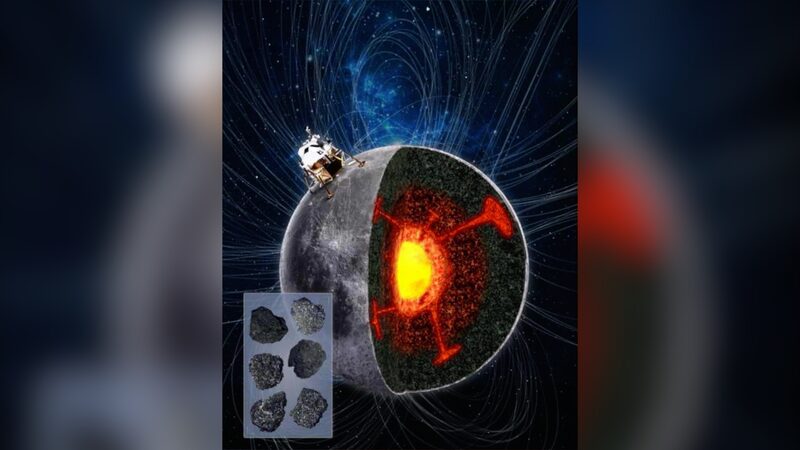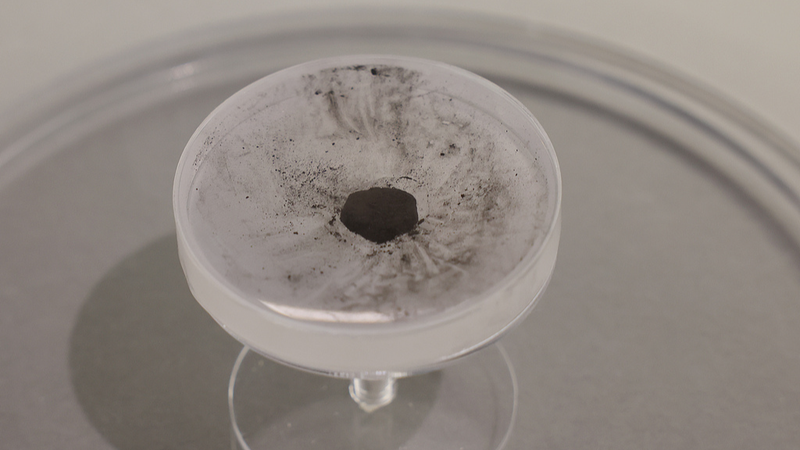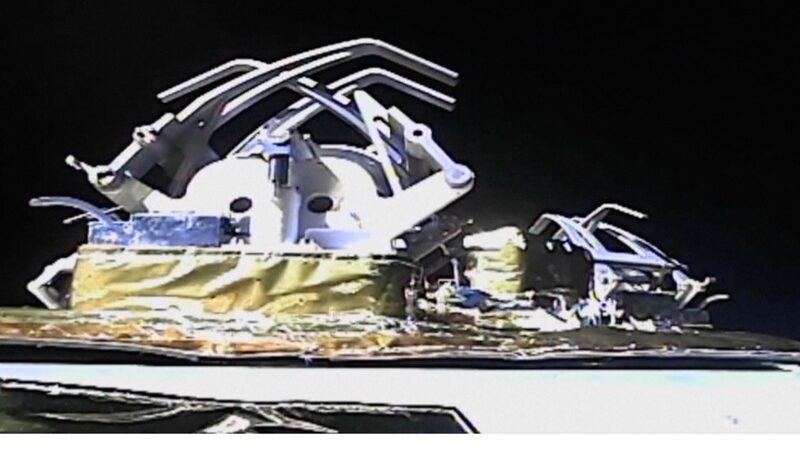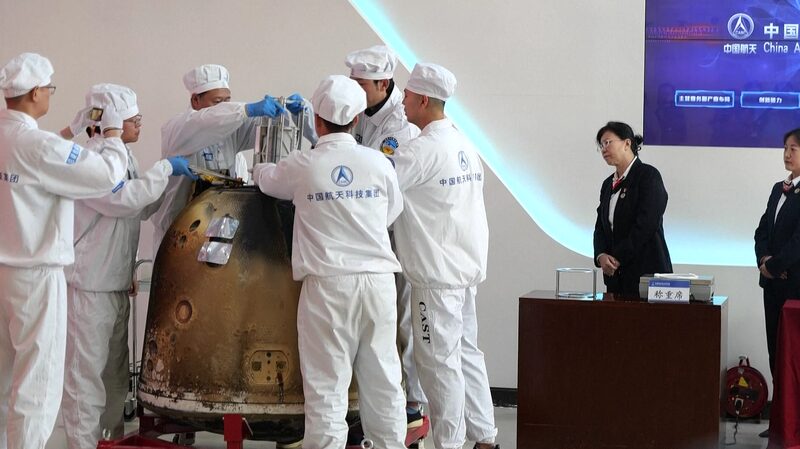The latest mission from China's Chang'e-6 lunar probe has sent back groundbreaking rock samples that reveal a surprising resurgence in the Moon's magnetic field billions of years ago. 🛰️✨
Published in Nature last Thursday, scientists discovered that the Moon's magnetic field strengthened about 2.8 billion years ago, bouncing back after a significant decline around 3.1 billion years ago. This challenges the long-held belief that the Moon's magnetic activity had remained weak since its early days. 🤯🌍
These findings are especially exciting because they are the first paleomagnetic data ever obtained from the Moon's far side, a region that had remained largely unexplored until now. Understanding these magnetic changes offers new insights into the lunar dynamo—a geophysical process that was responsible for generating the Moon’s magnetic field in the past. 🧲🌑
On June 25, Chang'e-6 returned to Earth with nearly 2 kilograms of rock samples from the Moon's far side. Researchers from the Institute of Geology and Geophysics (IGG) under the Chinese Academy of Sciences analyzed four basalt fragments and detected an increase in the paleomagnetic field strength, suggesting a possible reactivation of the lunar dynamo after its initial decline. 🔬🪨
\"Understanding the evolution of the lunar dynamo is of great significance for revealing the Moon's internal structure, thermal history, and surface environment,\" said Cai Shuhui from the IGG, the study's lead author.
A peer-reviewer of the study highlighted that the team's \"highly original results\" fill a billion-year-long gap in the lunar paleomagnetic record and represent a \"major advance in our understanding of lunar magnetism.\" 📝🧠
This discovery adds to other significant achievements from the Chang'e-6 mission. In November, the IGG team reported volcanic events on the Moon's far side that occurred 2.8 and 4.2 billion years ago, also published in Nature. Moreover, another study published in Science confirmed that the low-titanium samples collected by Chang'e-6 are approximately 2.83 billion years old, offering further evidence of volcanic activity on the Moon's far side. 🌋🔭
While these breakthroughs deepen our understanding of the Moon's history, questions remain about the precise timeline and mechanisms driving its magnetic field. Future missions and studies will continue to shed light on these intriguing celestial mysteries. 🌙🔮
Reference(s):
Chang'e-6 moon samples unveils surprising magnetic field resurgence
cgtn.com
